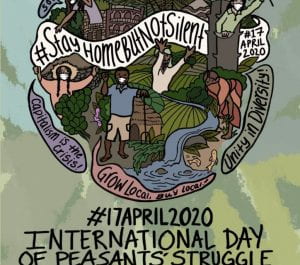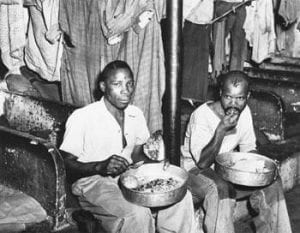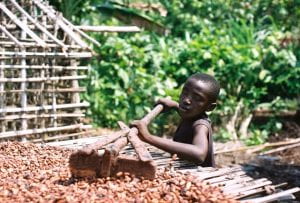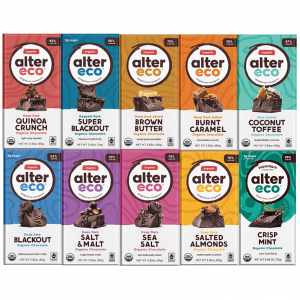It’s become kind of a cliche for people to talk about the benefits of meditating. The contemplative practices are a good way to practice meditating on a subject, rather than meditating with the sole purpose of relaxation, which have the potential to leave you wondering the whole time if it’s working. The practices are a different approach to learning about a subject that give you space to ruminate, rather than tackling the subject head on. It’s like the daytime equivalent of “sleeping on it”.
I got the most out of the practice where we contemplated hunger, which I had been putting off for several days because every time I got hungry I just didn’t feel like waiting another 20 minutes to eat. Normally I get a little frustrated by the amount of thoughts that come into my head but with this practice I found that my thoughts were focused almost only on hunger. A physical need dictating where my mind went made it easier for me to focus on the practice.
The most compelling section of this practice was when we stopped breathing for ten seconds. It’s an awful feeling, which is probably the point of the exercise because with my hunger I feel like I can wait to eat and I’ll be fine, whereas by depriving myself of air I can feel that want turn into need very quickly. It was similar to the practice where we watched videos about cocoa farmers, talked about commodity chains, then ate pieces of chocolate. Adding a physical component makes learning about anything a more memorable, more impactful experience.
Below is a link to Miriam Jordan’s article that I referenced in my last post about farmworkers during the pandemic. If you take the time to read it, I recommend eating a piece of fruit afterward and considering who helped it get to you.















